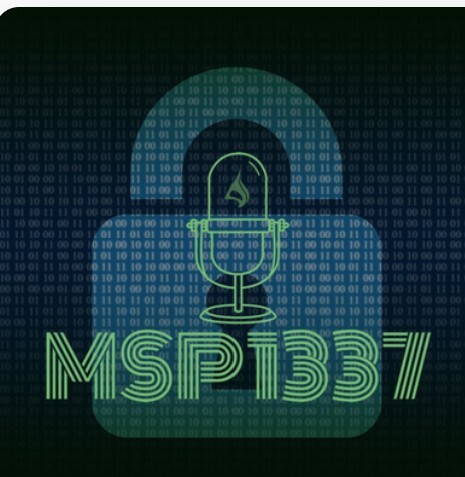
The incident management challenges of a pandemic-driven world & how to overcome them
“While the safety and well-being of workers affected by COVID-19 is the first priority, companies will also triage other essentials, such as incident management and stakeholder communications.” (PWC)
In a pandemic-stricken world that is consuming products and services over the internet, more than ever, there is a great strain on digital and connectivity systems. As a result, major incidents are on the rise.
But the telehealth industry can’t afford such incidents. How can the challenge be overcome?
Let’s take a look.
Still caring . . . virtually
As we all know, the outbreak of the coronavirus has prompted the global mobilization of billions of people to the home. As a result, there is a huge surge in consumers opting to seek out products and services online in fear of infection. This includes, of course, health care and medicine.
“The demand for overall medicines category has gone up by almost 100%,” Dharmil Sheth, founder of PharmEasy.” (economictimes)
According to a Deloitte survey on the health care consumer response to Covid-19, consumers are using telehealth and telemedicine services more than ever before, up from 15% in 2019 to 28% in April 2020. And 80% of those surveyed are likely to continue doing so post-pandemic.
In a KPMG report it is noted that remote consultations and monitoring are also on the rise:
“In many countries, the ‘digital front door’ has become the ‘only front door’ for patients to access clinical services. Hospital out-patient and general practitioner appointments across the world have been transformed with as much as three-quarters of all consultations now taking place virtually.”
This shift to digital has radically changed the way healthcare and pharma providers must offer their services – i.e. virtually, with Medical Economics reporting that 83% of providers have increased the availability of remote services to treat patients during the pandemic.
This powerful coming together of digital demand and remote supply spells into a market that is poised for unprecedented growth. The global telepharmacy market is expected to reach $107.53 billion by 2025 and the overall digital health market is expected to grow six-fold by 2025 to more than $504.4 billion.
The challenge of going digital
“Even incidents that would normally be well-managed risks can become bigger issues if the team can’t respond effectively.” (Gartner)
With all this opportunity, there are also some challenges. Health systems worldwide are dependent now more than ever on the performance of digital systems and networks to deliver products and services. This is putting a tremendous strain on them to ensure reliable, ongoing services, as well as business continuity.
This is no simple task. The increase in network traffic (to support digital services) and growth in the usage of digital platforms and applications is putting systems, networks, and infrastructures to the test.
As a result, major IT incidents are on the rise – where a major incident is a high-impact, high-urgency incident that affects a large number of internal users as well as customers and other external stakeholders (such as partners and vendors), and which prevents the business from accessing systems and providing vital services.
We can see the rise of major incidents in the phenomenon of global internet outages reaching record highs during coronavirus lockdowns.
For example, in late August 2020, US internet service provider CenturyLink suffered a major outage that led to a 3.5% drop in global web traffic. This major incident took down some of the world’s most popular web-based service providers including Hulu, AWS, Xbox Live, and many more.
And to make things worse, it took the service provider seven hours to fix the issue and resolve the incident.
Can you really afford the mishap?
According to CenturyLink the incident was due to a misconfiguration in one of its data centers. It’s important to note that this type of major incident is not a rarity, and a mishap in the data center can happen to anyone. It often does.
But with the future of public health likely to become increasingly more digital, the telehealth and telepharmacy industries cannot afford to let such mishaps go on for hours – leaving patients without care and without access to the medicine they need.
Not to mention, prolonged incident resolution may also cause the service provider to lose customer trust and loyalty, as well as revenues.
If a major incident does happen, there is no doubt that the health-related services provider absolutely cannot afford a lag time in effecting a resolution. Today, more than ever, it is critical to ensure that the organization’s incident resolution capabilities, processes, and tools are at the top of their game.
How Exigence can help
This is where Exigence comes in, bringing a platform with just the capabilities, processes, and tools that you need to expedite incident resolution
Our platform provides automated incident management and orchestration, empowering incident responders with complete command and control of major incidents and business continuity tests.
It automatically notifies, onboards, and aligns all incident stakeholders, informing them of what type of incident has occurred, which systems have been impacted, and what their role is in the resolution effort.
It also automatically opens a conference call bridge and collaboration channel, wasting no time in launching the resolution effort. Then, throughout the incident resolution journey, it automatically updates stakeholders about each status change in accordance with their stake in the incident.
Once resolved the team is notified of incident closure automatically, and incident summaries and root cause analysis reports can be created just by clicking a button.
In today’s world and in the post-pandemic era to come, with health and medicine services to continue to be more and more reliant on digital systems – the urgency to accelerate the resolution of the incidents that often plague these systems is not going to go away.
However, with automated incident management and orchestration, the burden of speed, clarity, and efficiency can be lifted off the shoulders of those charged with the ever more important job of resolving incidents.
To learn more about how Exigence can help your team profoundly increase the speed and efficacy of incident resolution, we invite you to reach out to us at info@exigence.io









